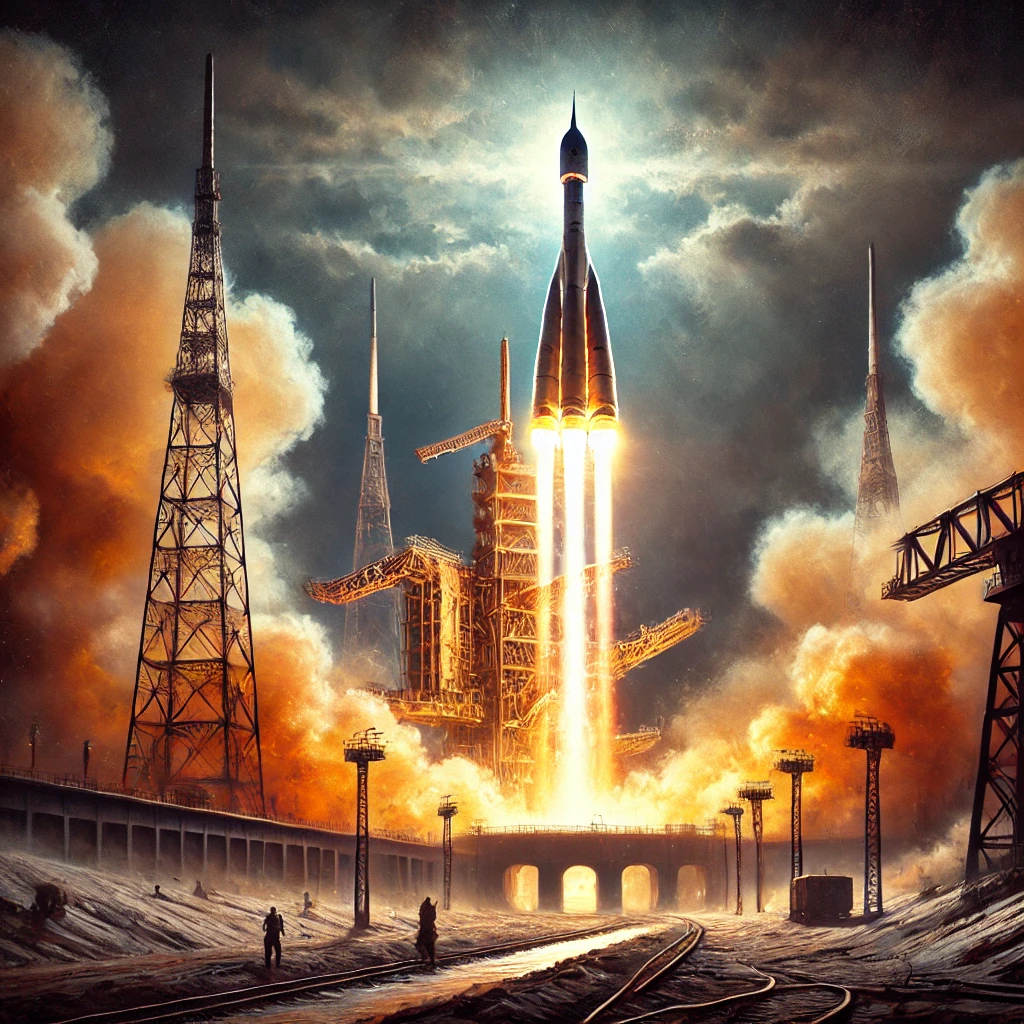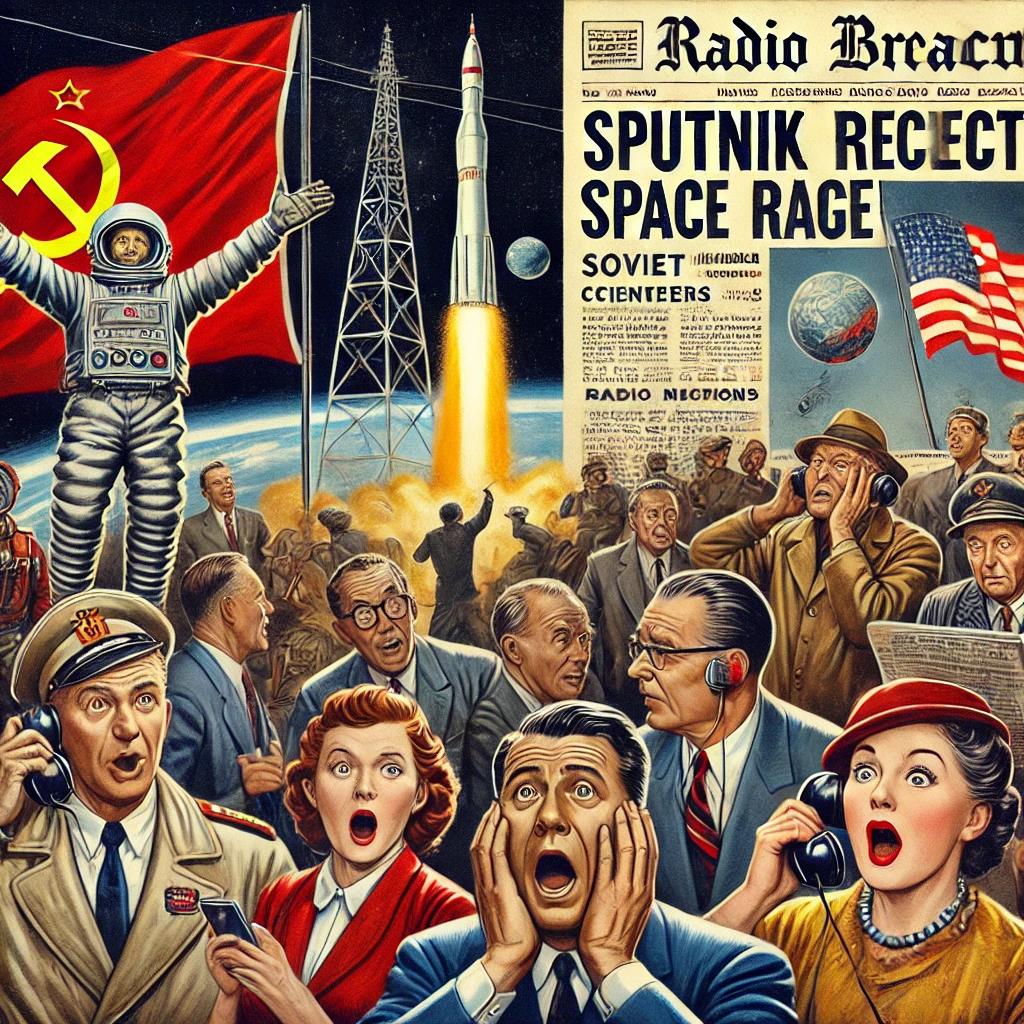On October 4, 1957, the Soviet Union achieved a historic milestone by launching Sputnik 1, the world’s first artificial satellite, into orbit. This momentous event marked the beginning of the Space Age and triggered a global response that would forever change the course of science, technology, and international relations. The successful launch of Sputnik not only showcased the capabilities of Soviet technology but also ignited the space race between the United States and the Soviet Union during the Cold War.

The Launch of Sputnik
Sputnik 1 was a spherical satellite, about the size of a beach ball, weighing approximately 184 pounds (83.6 kilograms). Equipped with four long antennas, it emitted a beeping radio signal that could be received by radio operators around the world. The satellite was launched from the Baikonur Cosmodrome in Kazakhstan and entered orbit approximately 90 minutes after its launch, completing one orbit around the Earth every 96 minutes.
The successful launch of Sputnik was a stunning demonstration of Soviet scientific prowess. It not only represented a technological achievement but also signified the Soviets’ ability to project power on the global stage. The event sent shockwaves through the United States, which had been the leader in technological advancements and military capabilities. The implications of Sputnik’s launch extended beyond the scientific community, affecting national security and perceptions of military superiority.

The Impact on the United States and the World
The launch of Sputnik prompted widespread concern in the United States, where the perception of Soviet technological superiority led to fears of vulnerability. The idea that the Soviet Union could place a satellite in orbit raised alarms about the potential for space-based military capabilities, including missile systems that could target the U.S. mainland. This anxiety fueled a desire for immediate action to catch up with the Soviet space program.
In response to Sputnik, the U.S. government initiated significant reforms in its education and research sectors, leading to an increased emphasis on science and technology. The National Defense Education Act was passed in 1958, aimed at promoting science and mathematics education in schools. Additionally, the launch of Sputnik led to the establishment of NASA (National Aeronautics and Space Administration) later that same year, which would play a crucial role in advancing U.S. space exploration efforts.
The Space Race Begins
The launch of Sputnik marked the official start of the Space Race, a competition between the United States and the Soviet Union to achieve significant milestones in space exploration. The rivalry was characterized by a series of technological achievements, including the first human in space (Yuri Gagarin in 1961) and the first successful moon landing (Apollo 11 in 1969). Each milestone fueled national pride and had implications for military and technological dominance.

The Space Race also served as a catalyst for advancements in various fields, including aerospace engineering, computer science, and telecommunications. The competition between the two superpowers led to rapid innovations and a surge in scientific research, ultimately benefiting both military and civilian sectors.
Lasting Legacy of Sputnik
The legacy of Sputnik extends far beyond its initial launch. It fundamentally changed the relationship between science, technology, and society, emphasizing the importance of space exploration in human progress. The event inspired generations of scientists, engineers, and space enthusiasts, laying the groundwork for future explorations and discoveries.
Today, Sputnik is remembered not only as a technological marvel but also as a symbol of the challenges and triumphs of the human spirit. Its launch marked a turning point in history, signaling the beginning of the Space Age and reshaping global dynamics. The event catalyzed the Space Race, spurred technological advancements, and transformed the relationship between science and society. As we reflect on the significance of Sputnik, we recognize its lasting impact on our understanding of the universe and our pursuit of knowledge beyond our planet. The legacy of this groundbreaking satellite continues to inspire exploration and innovation, reminding us of the possibilities that lie in the pursuit of the unknown.
